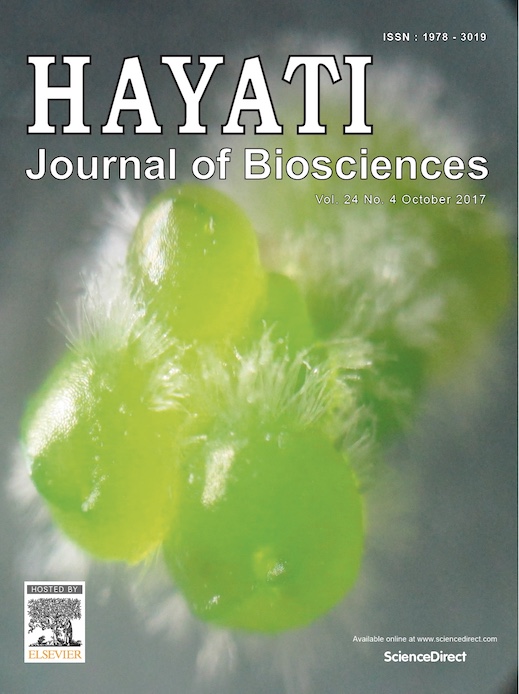Physiological Basis for the Tolerance of Yeast Zygosaccharomyces bisporus to Salt Stress
Abstract
Zygosaccharomyces bisporus is a moderately halotolerant yeast isolated from highly sugary and salty foods. We performed various evident biochemical and in vivo experiments as first of its kind to sketch out the possible overlay of salt tolerance mechanism in this model organism. The growth and survival curve analysis revealed that 1.0 M NaCl concentration (sublethal) enacts growth inhibitory effects with prompting immediate delay in cell division cycle; however, yeast cells adopted modified stress physiologically with further stretched stress spans which was accompanied by an upsurge in the level of cellular metabolites such as trehalose (reserve carbohydrate) and chiefly glycerol (polyols) as major compatible osmolytes, suggesting their role in defense mechanism against osmotic stress. To further elucidate the relation of osmotic stress cell physiology to salinity, thiobarbituric acid reactive substances, protein carbonyl, and reduced glutathione content were measured in salt-stressed cells demonstrating positive correlation of reactive oxygen species generation in Z. bisporus with an elevated concentration of lipid and protein oxidation, thereby damaging cell membrane and eventually causing cell death. We assessed NaCl exposure sourcing increased intracellular reactive oxygen species concentration, by an electron transfer-based colorimetric cupric-reducing antioxidantcapacity assay justifying that cellular total antioxidant capacity which uses all the combined antioxidant activities present within vitamins, proteins, lipids, and glutathione reverses these deleterious stress effects. Henceforth, performance of Z. bisporus MTCC 4801 mounted because of stress regime seems to be multifactorial.Downloads
HAYATI J Biosci is an open access journal and the article's license is CC-BY-NC. This license lets others distribute, remix, tweak, and build upon author's work, as long as they credit the original creation. Authors retain copyright and grant the journal/publisher non exclusive publishing rights with the work simultaneously licensed under a https://creativecommons.org/

























.png) IPB University
IPB University Department of Biology
Department of Biology The Indonesian Biological Society
The Indonesian Biological Society 

